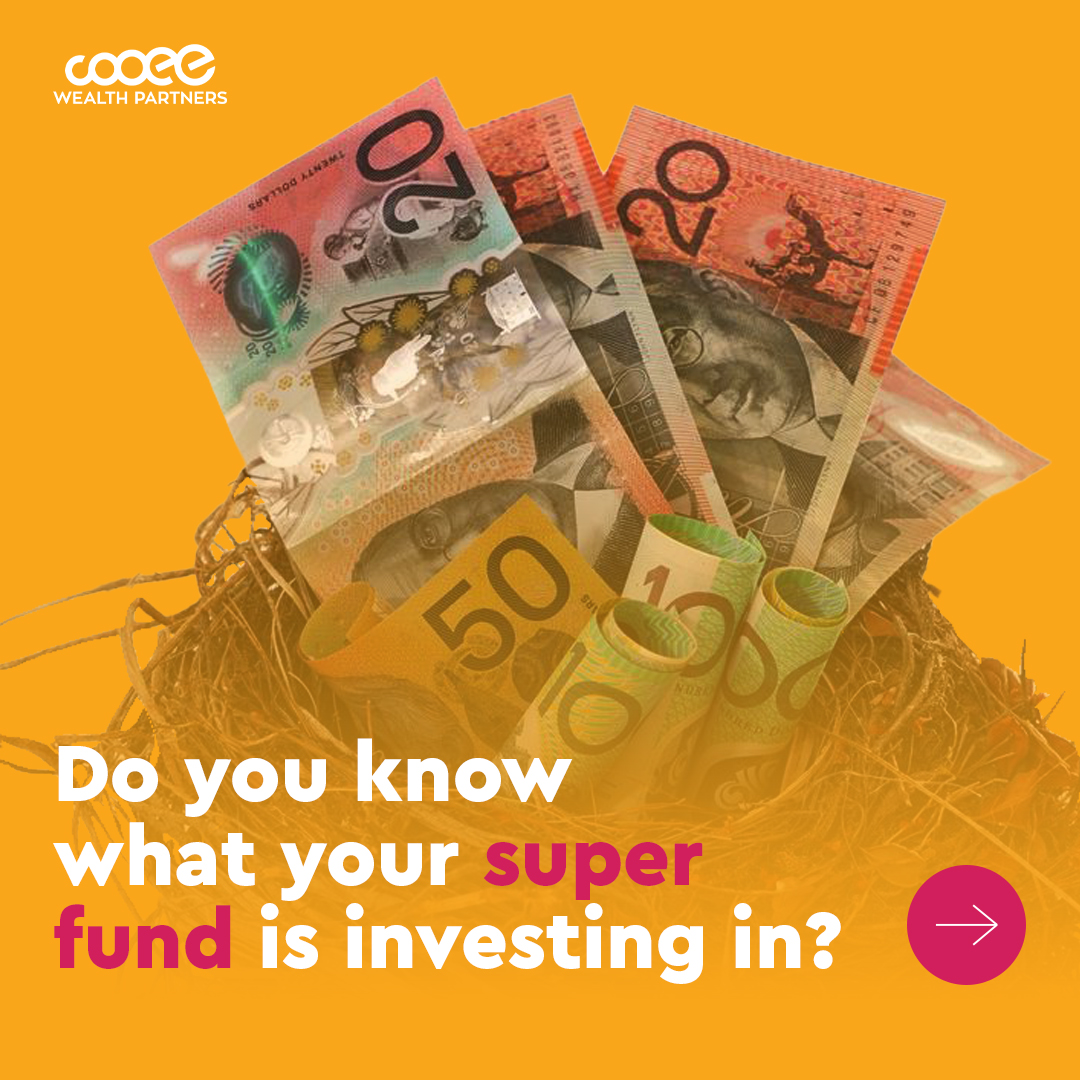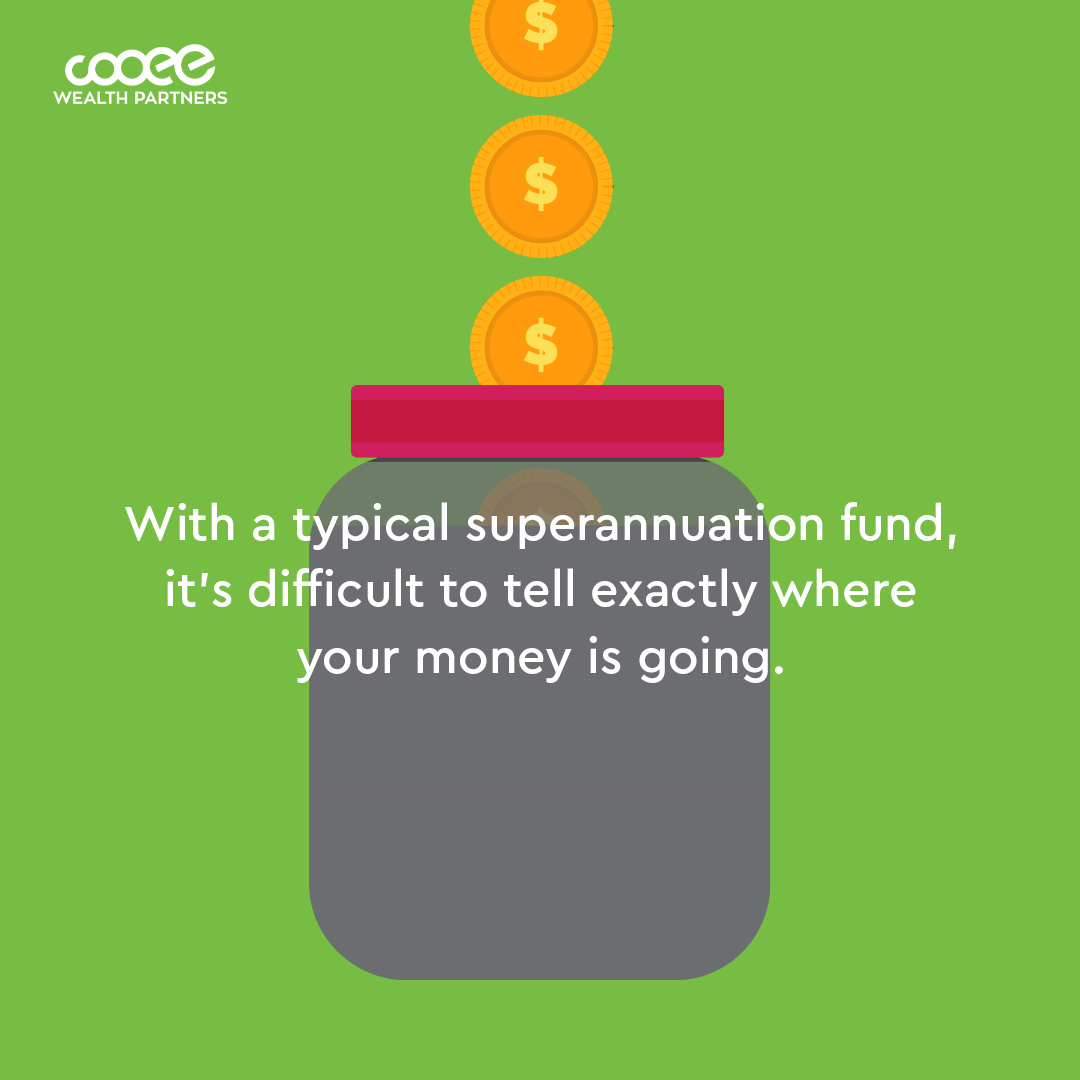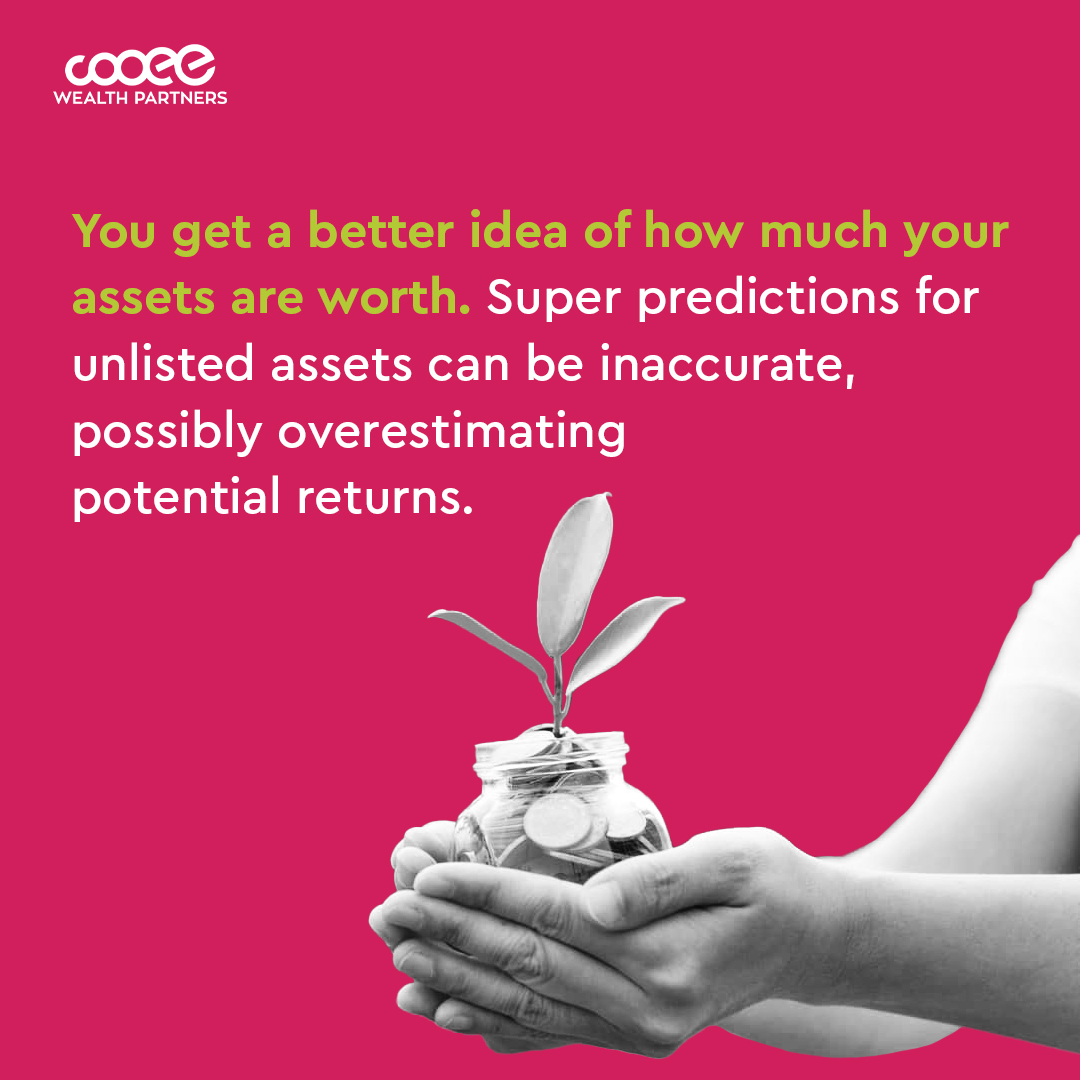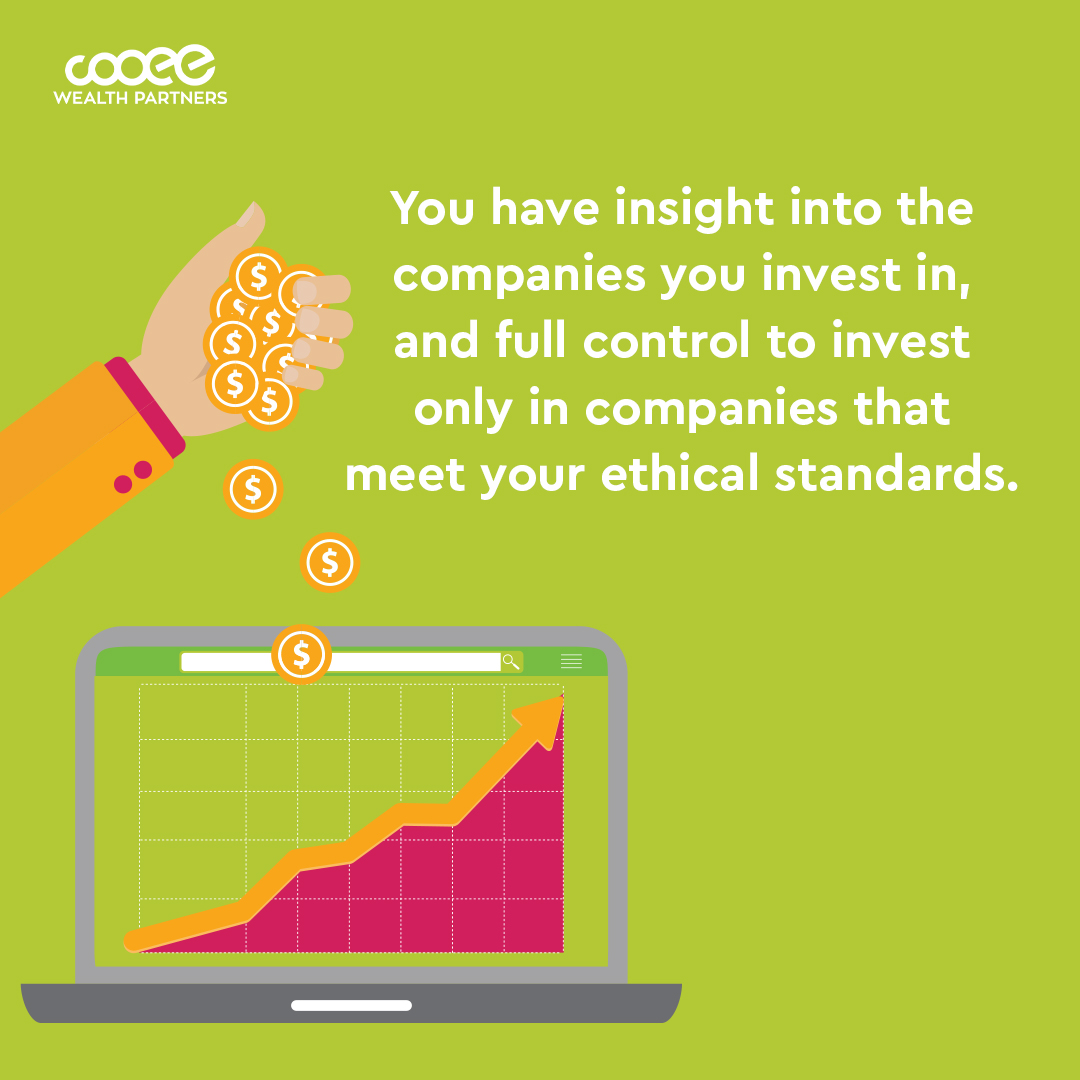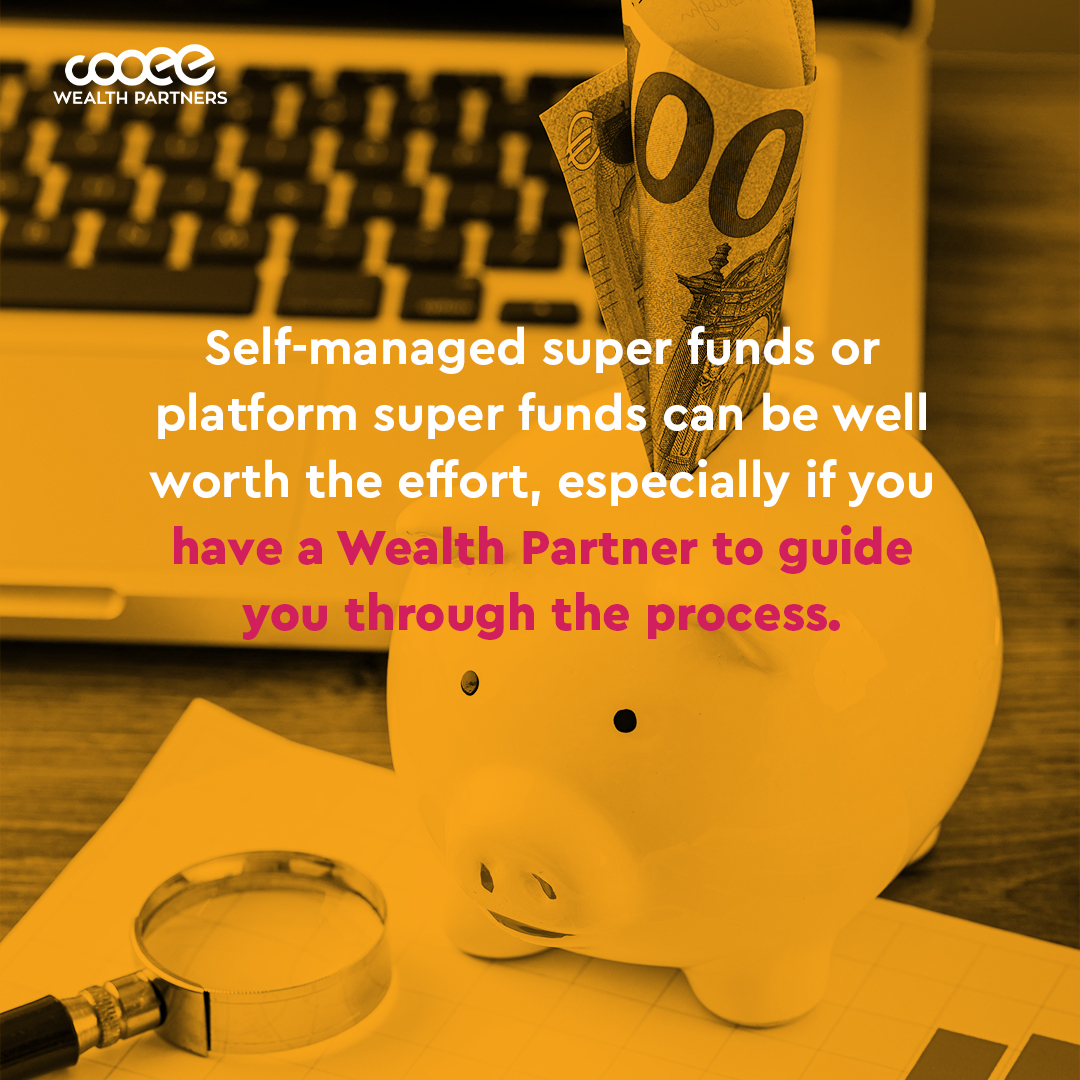
Investing more money into your super fund is one of the smartest decisions you can make for your long-term financial success. By sacrificing small parts of your salary now to super, you can reap benefits in the form of tax concessions and long-term investment returns.
However, while you entrust so much money into your super fund, do you really know where your hard-earned cash is being invested through super? With most superannuation funds, it can be difficult to figure out where your superannuation savings are actually invested.
It is typical for an industry super fund to invest in ‘unlisted assets;’ that is, assets that aren’t listed on a stock exchange. These can include investments in infrastructure, commercial property, venture capital and hedge funds. But sometimes it’s difficult to tell if the estimated value of these assets matches up to reality. Inflated valuations can exaggerate the current value of your super fund, which can make it difficult to rely on the valuations used and the declared investment returns.
Lack of transparency is also a point of concern if you’re investing with ethical standards in mind and want to prevent your money from going to companies that act against your personal values. When investing in a super fund, it can be difficult to control exactly where your money is going.
In this blog, we’ll get into the nitty gritty of super fund transparency in terms of both returns and ethics. We’ll also let you in on the secret of how to gain more power over your super investments
Spotlight on the lack of transparency in the industry Super Fund
Industry super funds have been associated with a range of transparency issues, which recent legislation changes have sought to address.
There are some risks with the way that funds value their unlisted assets. For example, slow valuation adjustments mean that the listed valuation may not match up to the current reality, since asset prices can fluctuate.
Furthermore, a fund’s valuation of an unlisted asset may not match up to reality due to inaccuracies in the estimation process. The true value of an asset is the price that a willing buyer and a willing seller agree to transact, which requires a lot of guesswork for assets that aren’t regularly traded.
A common method super funds use to value unlisted assets is the discounted cash flow model, where they project future earnings and apply discount rates. However, the selection of this discount rate can vastly change the asset valuation, easily leading to overvalued assets if chosen incorrectly. That is an asset whose estimated price is higher than the price it will actually be sold for.
Many funds use a 10-year bond yield to estimate returns. While this reduces volatility, it can also result in artificially high valuations, where funds overstate the projected performance of their products. This can be a headache for your long-term financial plans; if you make these based on your projected earnings, what happens if your real earnings turn out to be lower?
Overall, the ways in which super funds evaluate their unlisted assets can be very opaque. This means that super fund valuations can be inflated, and leave it difficult for you to pin down the source of this inaccuracy.
How a super fund with unlisted assets can affect your ESG investments
 |
ESG investing, or investing in assets with positive environmental, sustainability and governance standards, is an increasingly hot topic in the financial world. People want to make sure their money isn’t funding companies or projects that go against their own ethical standards. After all, if you’re a climate activist, you surely wouldn’t want your money to be invested in fossil fuel projects. That’s why ESG super funds are increasingly being recognised as popular and profitable options. Many super funds offer ESG investment options. However, different people will have different beliefs on what is suitable for ethically aligned environmental sustainability and governance practices. This begs the question — how do you make sure that your super portfolio fits your own ethical standards? |
For example, you might want to include Fortescue Metals Group in your super fund because you understand the remediation and work they do to promote responsible ESG practices. On the other hand, you might want to leave them out because of their coal exposure.
In a typical superannuation fund, it can be difficult to have this level of control over your investments. It’s also hard to pinpoint which exact companies your money is being invested in. This can make it challenging for you to tell whether or not your super portfolio is actually matching your ethical standards.
This lack of transparency also brings in the conversation about greenwashing – how does your super fund vet potential assets, and ensure their managed portfolios actually follow reported ESG standards? Recent regulatory crackdowns on greenwashing have led to many super funds reducing the number of products they list as ‘ESG,’ indicating that many of these former ESG products weren’t demonstrably or verifiably following ESG guidelines. While this problem has likely gotten better since the regulatory crackdowns, it is still a valid point for consideration.
How to create a highly transparent and liquid Super Fund portfolio
If you’d like to have a little more insight and control into how your super money is invested, it may be worth setting up a choosing a super fund that gives you more control and transparency.
With other super funds, such as a self-managed super fund or platform super fund, you can invest in individual assets and have a completely customised portfolio. This means you can include companies that measure up to your own ethical standards, with the added benefit of having access to substantially more accurate asset valuations.
However, it can be a little overwhelming to choose the right super fund and construct your own portfolio. Choosing profitable assets and vetting each company individually can be a difficult and complex process, especially when you’re already juggling a busy schedule.
At Cooee Wealth Partners, we help clients to build and manage their individual portfolios. By managing your super fund with a financial professional, you can get complete transparency over what you’re invested in, down to the last dollar.
Furthermore, you can know exactly which companies you’re invested in. We apply screens and adjustments to candidate companies, based on a given client’s preferences and requirements. For example, if you say that you don’t want to invest in anything that has more than 30% exposure to coal, we can put a block on that.
By working with a Wealth Partner to curate your super fund portfolio, you can get the best of both worlds in superannuation – direct control over where your money is going, without all of the headache and responsibility of managing your super investments entirely on your own. Not only does this give you the peace of mind of knowing your money is going towards companies you can stand behind, but it also gives you more direct control over your assets.
Get in touchwith Cooee Wealth Partners today if you’d like to learn more about super funds, and get started in building your own personalised portfolio for your long-term financial future.

